라스베이거스에서 열린 올해 2025 시네마콘(CinemaCon)은 극장 업계와 스튜디오 사이에서 끊이지 않는 ‘극장 독점 상영기간(윈도)’ 논쟁으로 뜨거웠다. 일부 메이저 스튜디오가 개봉 후 3주 만에 영화를 디지털 플랫폼으로 전환하면서, 극장들은 최소 45일 이상의 독점 기간을 요구하고 있다.
그러나 2025년 1분기 북미 박스오피스 성적이 예년만 못한 상황에서, 스튜디오들이 위험 부담을 안고 제작한 작품들의 손익을 최대한 빨리 회수해야 하는 현실적인 이유도 무시하기 어렵다.
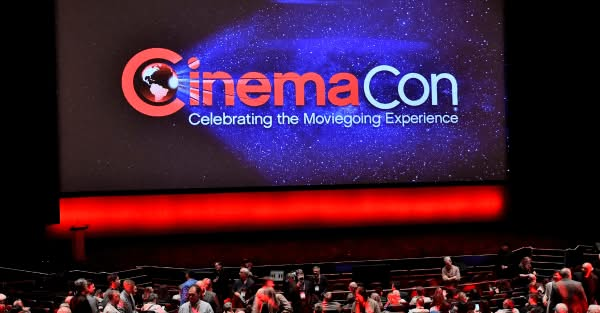
1. 45일 윈도 vs. 조기 디지털 전환: 평행선을 달리는 양측
“3주 만에 디지털 플랫폼 출시, 이대로 둘 수 없다” - 극장 업계
이번 시네마콘에서 가장 주목받은 이슈는 ‘극장 전용 상영기간(윈도)’ 문제였다. 시네마 유나이티드(Cinema United)의 대표 마이클 오리어리는 “개봉 후 3주~4주 만에 스트리밍이나 PVOD(프리미엄 주문형 비디오)로 영화를 보내는 것은 극장에 치명적”이라며, 최소 45일의 극장 독점 윈도를 전면 도입해야 한다고 주장했다. 극장 업계는 “영화가 극장에 머무르는 시간이 짧아지면 박스오피스 수익도 줄고, 결국 다양성 있는 영화 라인업 자체가 위험해진다”고 강력히 호소한다.
This year’s CinemaCon in Las Vegas was dominated by a familiar but increasingly heated debate: theatrical windows. Major studios’ practice of switching films to digital platforms as soon as three weeks after release has alarmed theater owners, who are calling for a minimum 45-day exclusive theatrical window. However, given the underwhelming first-quarter box-office returns in 2025, studios are finding it difficult to ignore the necessity of recouping costs swiftly—especially when risky, big-budget productions fail to attract enough viewers in theaters.
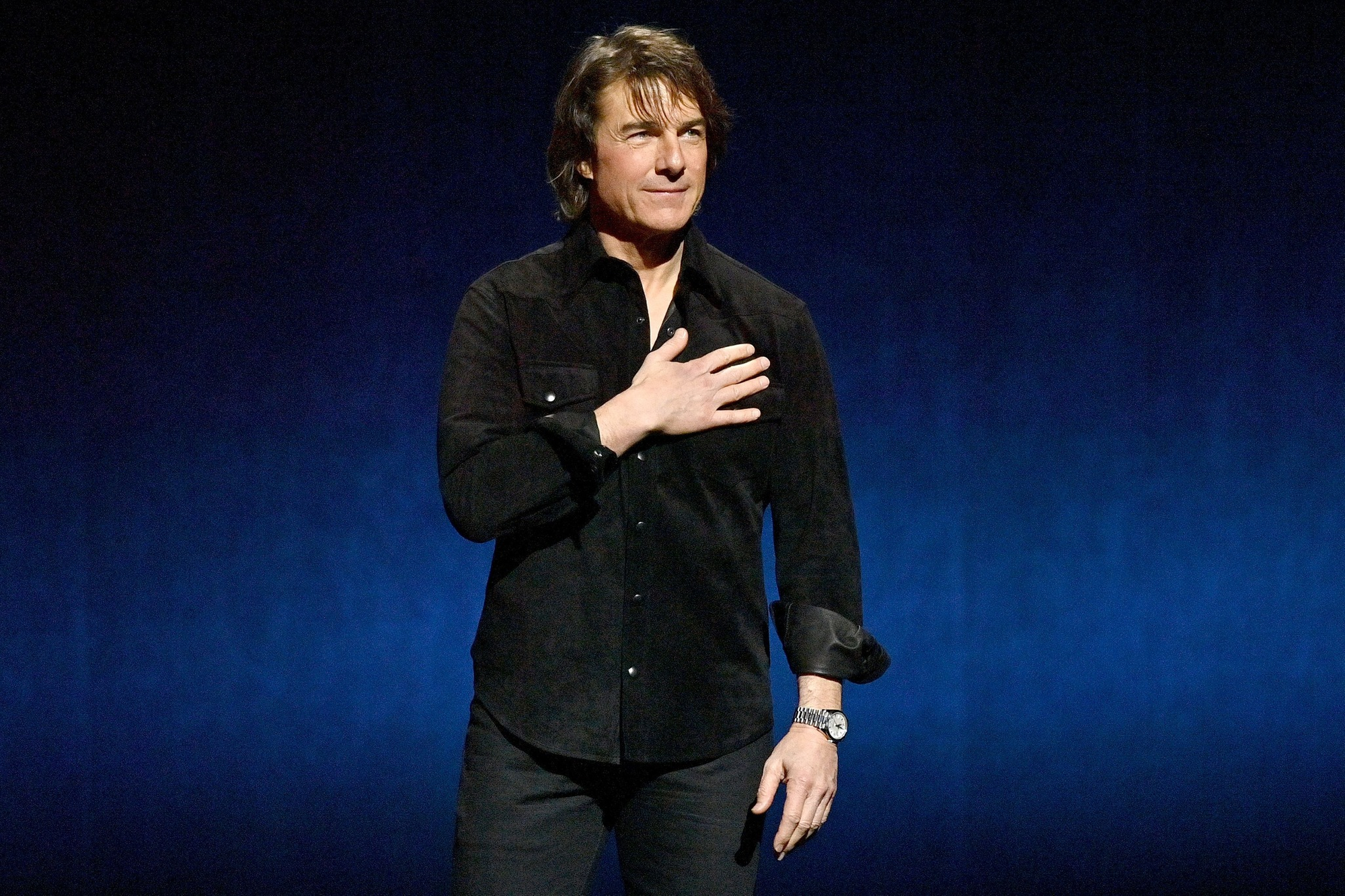
1. The 45-Day Window vs. Early Digital Release: Two Sides at an Impasse
“We can’t have films on streaming just three weeks after they hit theaters” – Exhibition Sector
The biggest flashpoint at CinemaCon 2025 was the debate over theatrical exclusivity. Michael O’Leary, head of Cinema United, criticized the studios’ habit of dropping films onto digital or PVOD (Premium Video on Demand) platforms within three to four weeks of their theatrical debut.
He insists that a minimum 45-day exclusive window is critical to safeguard box-office revenue and preserve a diversity of titles. Theater owners argue that when films are pulled too quickly, box-office results nosedive, ultimately threatening the variety of movies available in theaters.
“손익 회수 위해선 조기 플랫폼 전환이 필수” - 스튜디오
반면 스튜디오들은 “현실적으로 막대한 제작비를 투입한 영화가 극장에서 충분한 관객을 모으지 못할 경우, 빠른 시일 내에 디지털 플랫폼으로 전환하지 않으면 투자금을 회수하기 어렵다”고 반박한다. 워너 브라더스가 1억 달러 이상을 들인 *「미키 17(Mickey 17)」*이 북미에서 제작비 절반에도 못 미치는 수익을 올리자, 개봉 한 달 만에 디지털 플랫폼 출시를 결정한 것은 대표적 사례다.

“We have to offset production costs ASAP” – Studios
Studios, on the other hand, contend that moving underperforming films to digital platforms quickly is a logical necessity to recoup massive production budgets. Warner Bros.’ Mickey 17, which cost over $100 million, grossed less than half its budget domestically and will pivot to digital just one month after its theatrical premiere. Studio executives argue that extending the theatrical run for a film that fails to find its audience swiftly only amplifies financial losses.

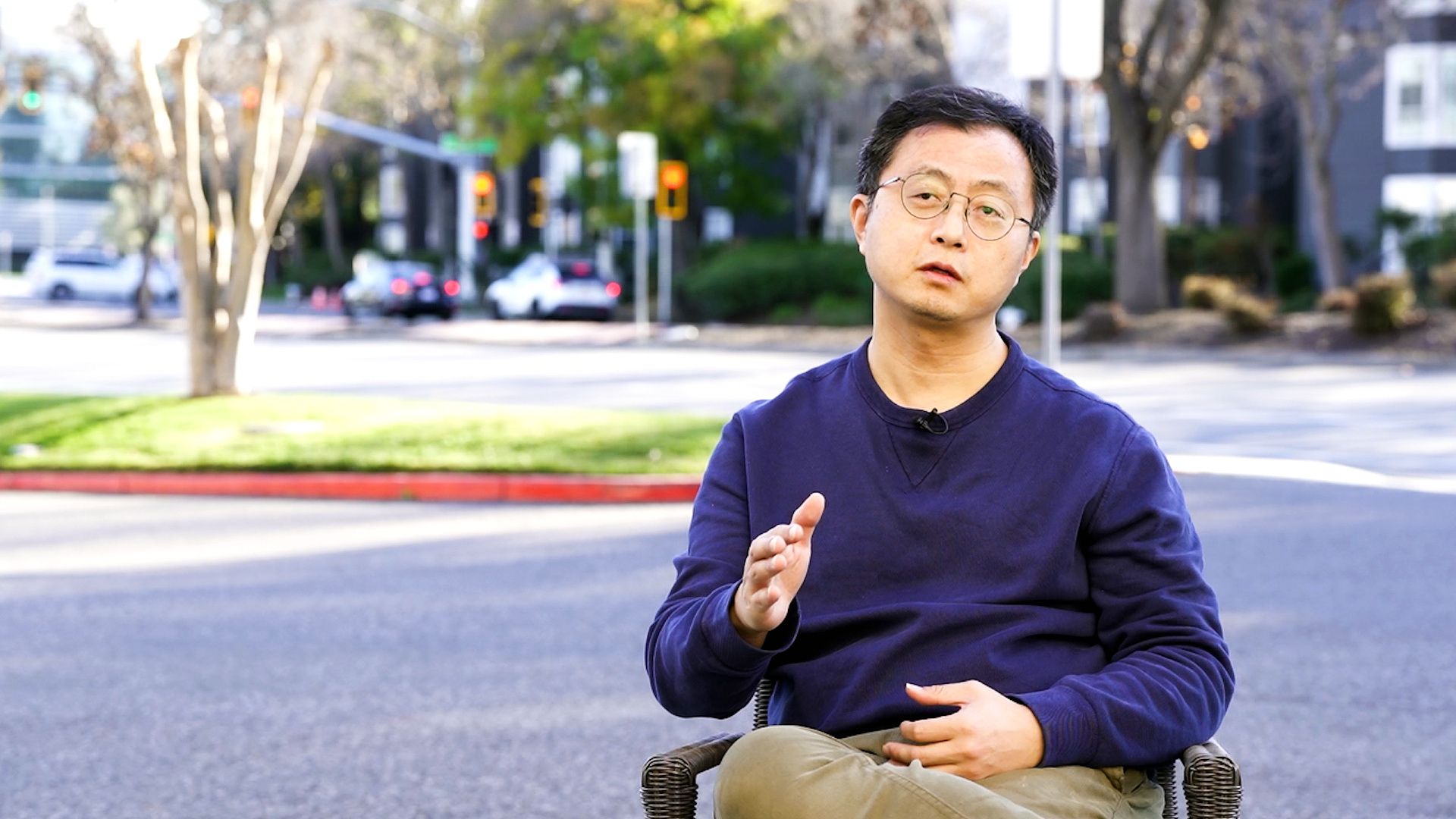

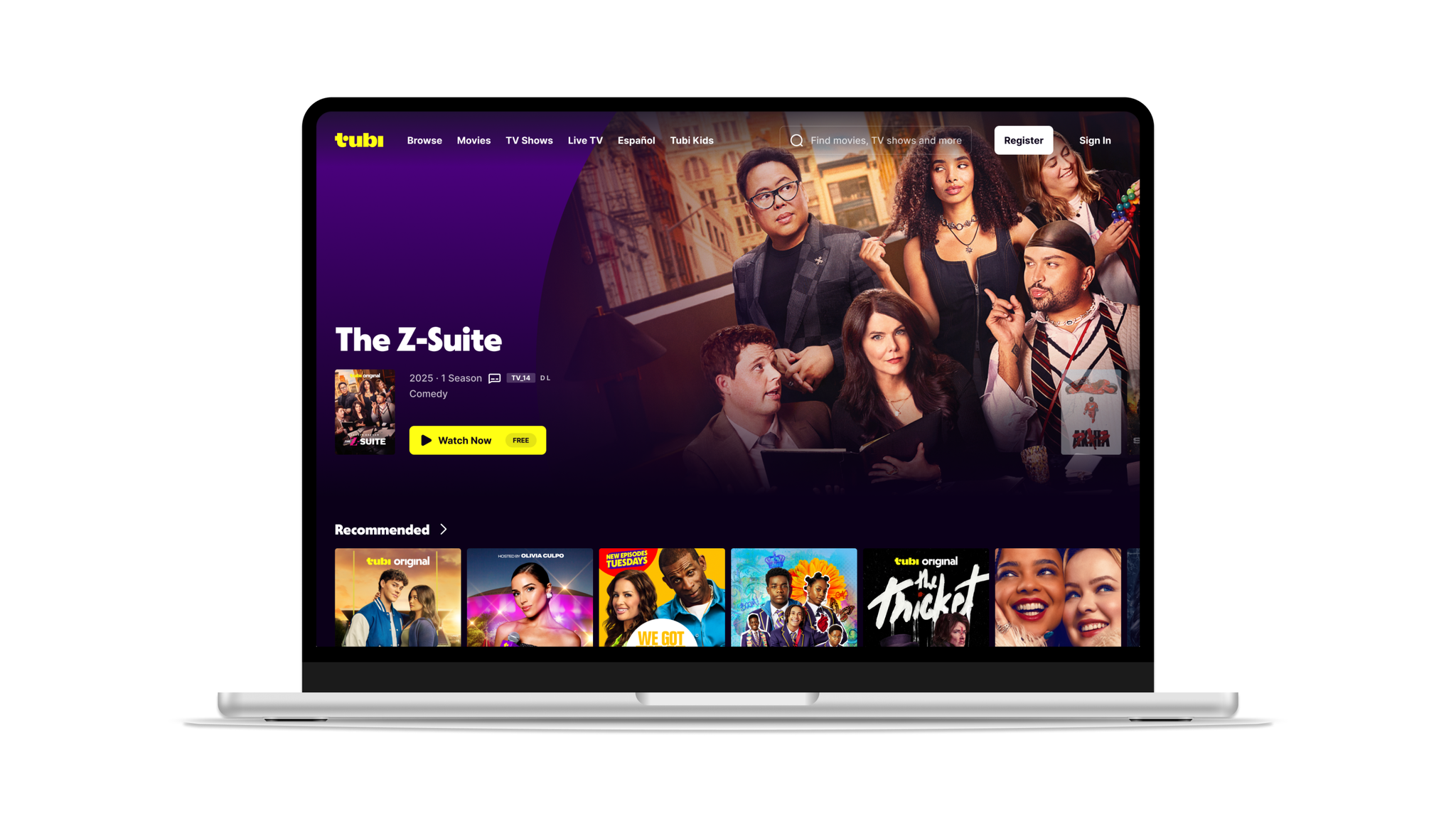
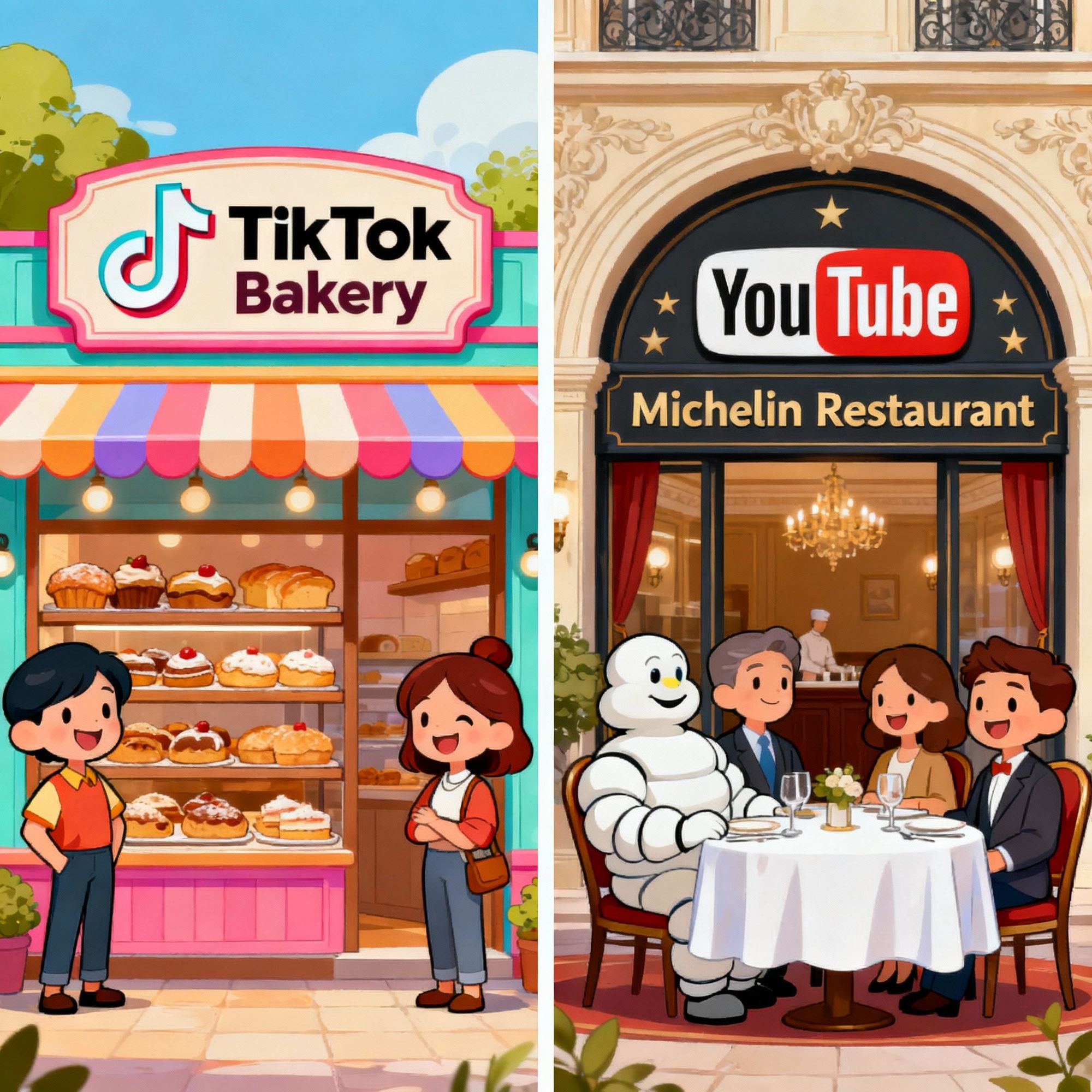
![[NAB2025 NYC]The News Streaming Era Opened by FAST Channels: A New Breakthrough for Korea’s local TV](https://cdn.media.bluedot.so/bluedot.kentertechhub/2025/10/9vbnvl_202510251823.jpg)
![[모집]1월 9일~14일 글로벌 AI 스템 캠프(미국 네바다)](https://cdn.media.bluedot.so/bluedot.kentertechhub/2025/11/3kf0x5_202511031830.png)
![[보고서]Local Television in
the Age of Streaming](https://cdn.media.bluedot.so/bluedot.kentertechhub/2025/10/hm4f5u_202510301923.png)
![[MIPCOM2025]글로벌 엔터테인먼트 트렌드](https://cdn.media.bluedot.so/bluedot.kentertechhub/2025/10/duxlsp_202510170000.png)
![[보고서]생성AI와 애니메이션](https://cdn.media.bluedot.so/bluedot.kentertechhub/2025/09/c49fxu_202509271057.png)
![[Samsung Ads] State of CTV July 2025](https://cdn.media.bluedot.so/bluedot.kentertechhub/2025/09/zhhtoy_202509140022.png)
![[Report] ‘STATE OF SUBSCRIPTIONS Specialty SVOD 2025’](https://cdn.media.bluedot.so/bluedot.kentertechhub/2025/09/mxdd6n_202509080356.png)

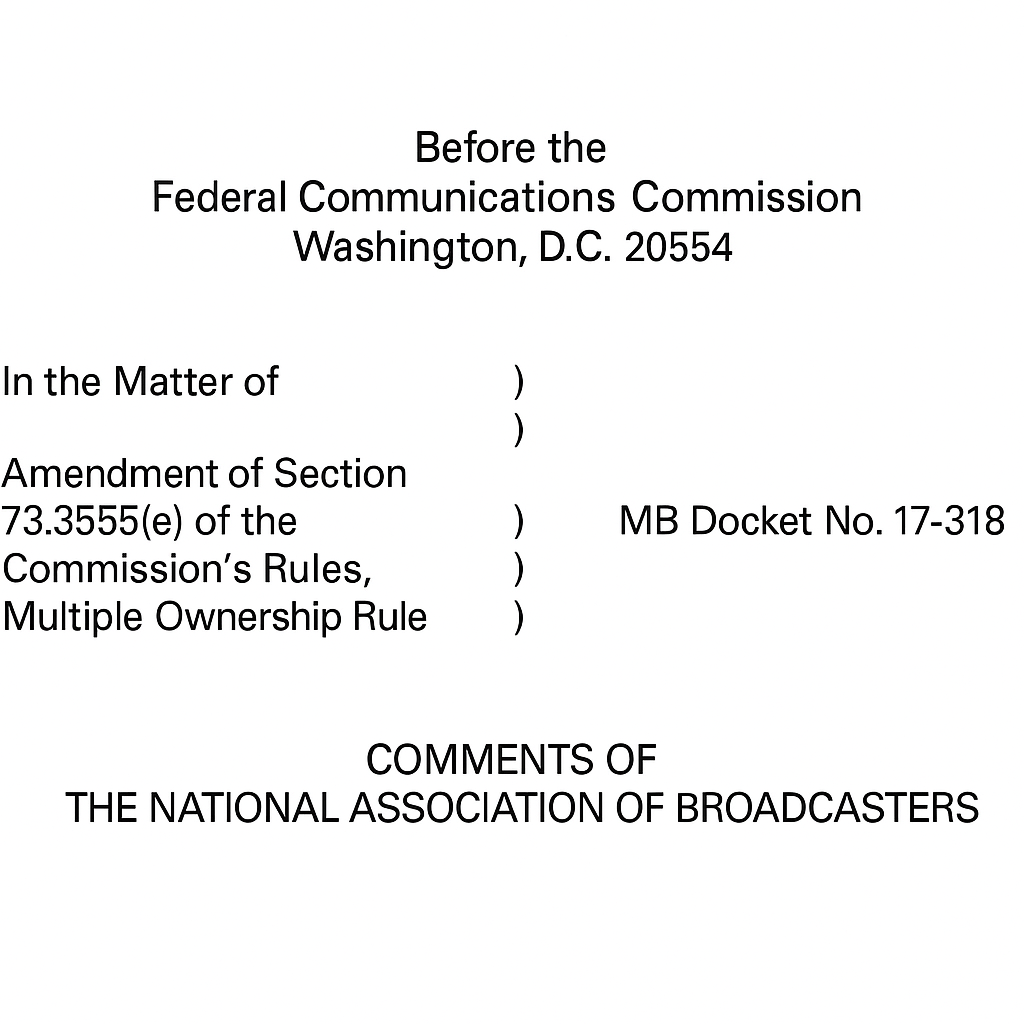

![[보도자료]Kocowa, 유럽 진출 1년 성과](https://cdn.media.bluedot.so/bluedot.kentertechhub/2025/07/d4i5qa_202507142153.png)